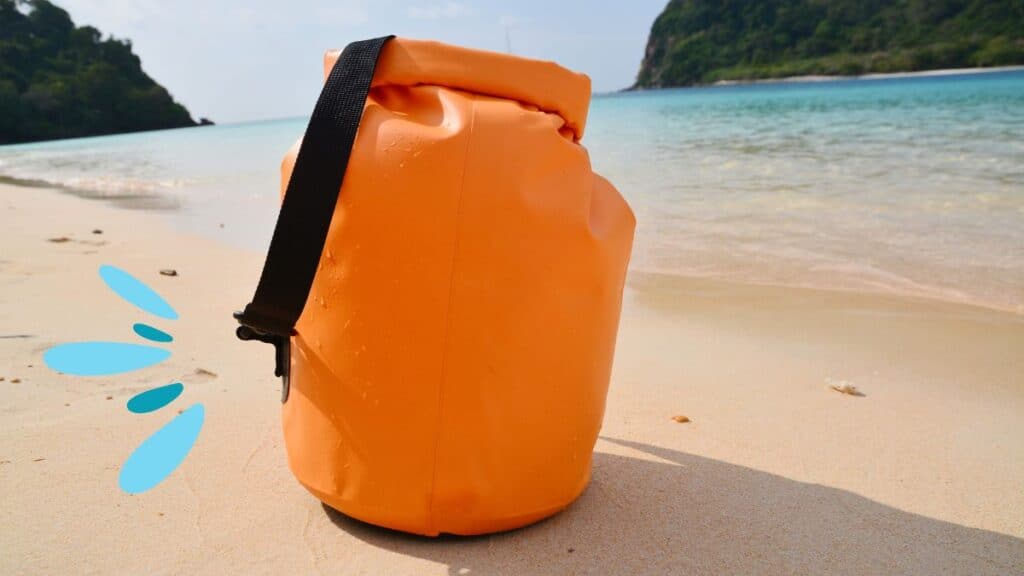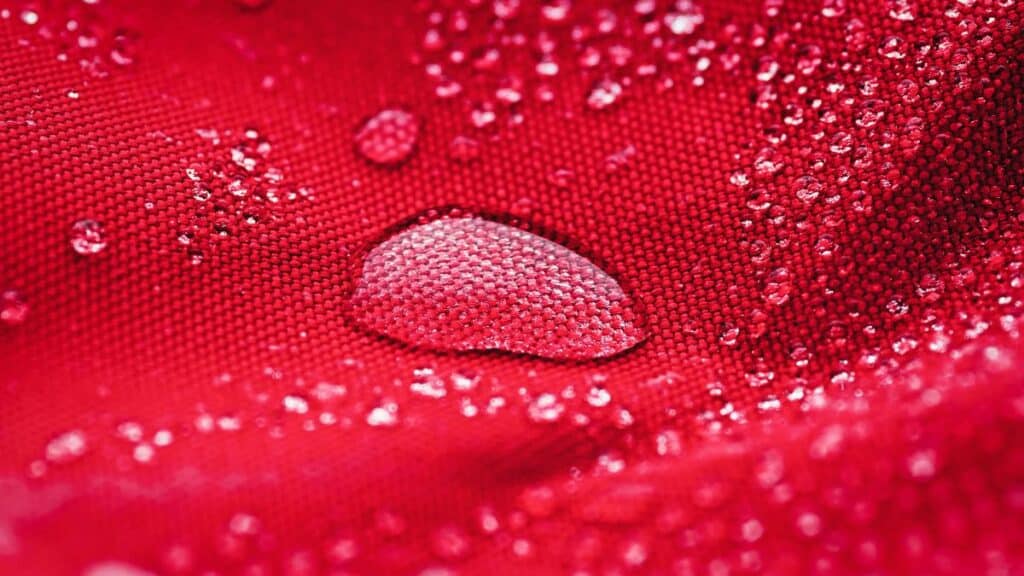
Are you tired of worrying about your belongings getting soaked during outdoor adventures? Say goodbye to water damage and embrace the world of dry bags. In this captivating blog post, we delve into the question that plagues adventurers worldwide: are dry bags truly waterproof?
Most dry bags are waterproof as they are specifically designed with materials and closures that create a watertight seal, preventing water from entering the bag and keeping the contents protected and dry even in wet conditions.
With that in mind, it’s worth pointing out that not all dry bags are made the same and that some will do a better job of protecting your valuables from the elements than others. Keep reading to learn more about the factors that affect waterproofing!
Are Dry Bags Waterproof?
Dry bags are designed to keep your belongings dry, but the question remains: are they really waterproof? The answer is not a simple yes or no.
The waterproofing of a dry bag depends on several factors, including the type of material used, the construction of the bag, and the sealing mechanism.
Factors that Affect Waterproofing
The material used to make a dry bag plays a significant role in determining its waterproofing capabilities. Most dry bags are made from materials such as nylon, PVC, or rubber.
Nylon is lightweight and durable, but it is not completely waterproof. PVC and rubber are more waterproof but can be heavier and less flexible.
The construction of the bag also affects its waterproofing!
A dry bag with welded seams is more waterproof than one with sewn seams.
Welded seams are created by melting the material together, creating a seal that is less likely to leak. Sewn seams, on the other hand, create small holes that can allow water to seep through.
The sealing mechanism of a dry bag is another important factor. Roll-top closures are the most common sealing mechanism and are effective at keeping water out.
However, they must be rolled correctly and tightly to ensure maximum waterproofing. Zippered closures are also available, but they are less reliable and can leak if not closed properly.
Testing for Waterproofing
To determine if a dry bag is truly waterproof, it must be tested. One common test is the “submersion test,” where the bag is submerged in water for a set amount of time.
If the bag remains dry inside, it is considered waterproof. Another test is the “shower test,” where the bag is sprayed with water from a showerhead. If the bag remains dry inside, it is considered waterproof.
It is important to note that even if a dry bag passes these tests, it may not be completely waterproof under all conditions. For example, if the bag is submerged for an extended period, water may eventually seep through.
Additionally, if the bag is not closed properly, water can still get in.
In conclusion, while dry bags are designed to be waterproof, their level of waterproofing depends on several factors.
Factors such as the material used, construction, and sealing mechanism all play a role in determining the waterproofing capabilities of a dry bag.
Testing is necessary to ensure a dry bag is truly waterproof, but it is important to remember that even a waterproof bag may not be completely waterproof under all conditions.

What is the Difference Between a Dry Bag and a Waterproof Bag?
A dry bag and a waterproof bag are both designed to protect your belongings from water damage.
However, there are some key differences between the two~
Material
Dry bags are typically made of a waterproof material such as nylon or polyester. These bags are designed to keep water out of the interior of the bag, but they are not completely airtight.
On the other hand, waterproof bags are made of airtight materials such as PVC or rubber. These bags create an airtight seal that blocks out liquid and moist air.
Protection
Dry bags are ideal for activities where your belongings may get wet, such as kayaking or canoeing.
They can protect your belongings from splashes and light rain, but they may not be completely waterproof in heavy rain or if submerged in water.
Waterproof bags, on the other hand, are designed to protect your belongings from heavy rain or even submersion in water.
Uses
Dry bags are typically used for storing items to prevent damage due to water exposure. They are great for storing clothes, electronics, food, and other items you want to keep dry.
Waterproof bags are ideal for activities where you need to keep your belongings completely dry, such as scuba diving or swimming.
In summary, the main difference between a dry bag and a waterproof bag is the level of protection they provide against liquid and air moisture.
Dry bags are designed to keep water out of the interior of the bag, while waterproof bags create an airtight seal that blocks out liquid and moist air.
If you found this article helpful, make sure to take a look at some of my other dry bag articles linked below!
